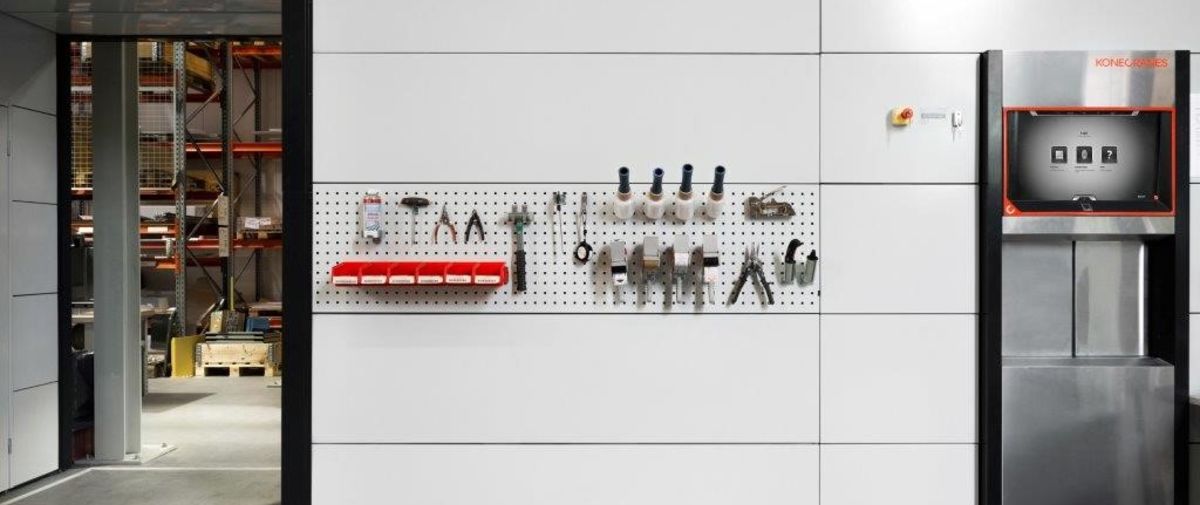The world is changing fast. The consumer business is moving to digitalized platforms requiring faster delivery times and cheaper prices. Manufacturing companies are looking for ways to reduce their stock.
All of this means tougher requirements for warehousing:
- Smaller but more frequent orders with shorter delivery time.
- Quality must be maintained at a very high level. For example, picking errors must be avoided to keep the customers happy. They have the power to change the suppliers easily.
- Automation can be a solution or part of the solution. However, even with automation the technology is moving fast ahead. The requirements are not the same as they were ten years ago.
Today, when considering investing into warehouse automation, it is important to see the holistic picture over the operations. Throughput is still a very important decision criterion but should not be the only one. There are more elements in the warehouse operations that needs to be considered carefully.
When talking about small item automation, like vertical lifts or carousels, the highest throughput can be achieved only during one to two hours during the day. The average throughput is sometimes even 1/3 of the highest level. These systems require constant optimisation to run smoothly. Naturally, it is possible to maintain higher levels of throughput for longer times but with significantly bigger investment. For example, shuttle systems provided by many manufacturers, can cost anything starting from 1 million euros.
There are many things that are required from the warehouse management to keep the warehouse automation running fluently. Almost none of the current technologies are “install-and-forget” type. The stock data must be re-analysed and items re-organised frequently. This process is called “slotting” and is not always a pleasant job, but highly necessary. Items change, some of them are removed from the assortment while some are added, order amounts fluctuate and demands vary over time. XYZ analysis is needed, not only in the start-up, but at best, many times a year. In most cases manual work is needed to move items around within the warehouse. Warehouse management software can help in optimising the different bin locations according to the new plan. But the software does not physically move the goods anywhere. Also, if your analysis only looks into the past data, it is not possible to prepare and optimise your operations for the future. One can only hope the world would stop changing so the warehouse operations could be optimised only once.
Is your shelf capacity really in use or are you just storing air?
Is your shelf capacity really in use or are you just storing air? Automation is always far better that manual shelving. Not only can you utilise the full height of the building but also automation can dynamically allocate just enough vertical space inside of the system. This depends on how the system works. With a tray-based automation, light curtains measure the highest object on the tray and allocates space based on that. Optimally all goods and bins are of the same height. If not, the system allocates unnecessary height for some of the items. Some technologies handle one bin at a time so the space can be allocated individually for that bin. In this case it is necessary to use as small bin as possible. Otherwise, you are still storing just air.
The other way to waste space inside of an automated warehouse is to reserve slot for the full replenishment order. There are nice shelf planning tools that makes it very easy to do the planning. What they require from you is to decide how much space must be allocated on the shelf to fit the number of items remaining on the slot and the replenishment amount. In average this method is wasting half of the allocated slot. In the worst case if your order amount is big and re-order point very low, most of the space is wasted. To avoid this, the slot allocation and shelf planning must be conducted frequently to reflect the current stock levels.
How do you maintain FIFO, LIFO or any other selection criteria if you only have one slot reserved for items? Replenishments goes on top of the old stock. In some case this is acceptable, in some absolutely not. It is then necessary to keep multiple slots available for one item. With tray-based technology it might be even impossible, with system that handle one bin at a time it is easier.
When looking for alternatives for small item warehousing technology, challenge your current knowledge. Make sure to check the latest in the market.
https://www.konecranes.com/equipment/agilon
Vesa Hämetvaara
Director, Business Development
Konecranes Agilon
Teemu Oittinen
Manager, Product Development
Konecranes Agilon
